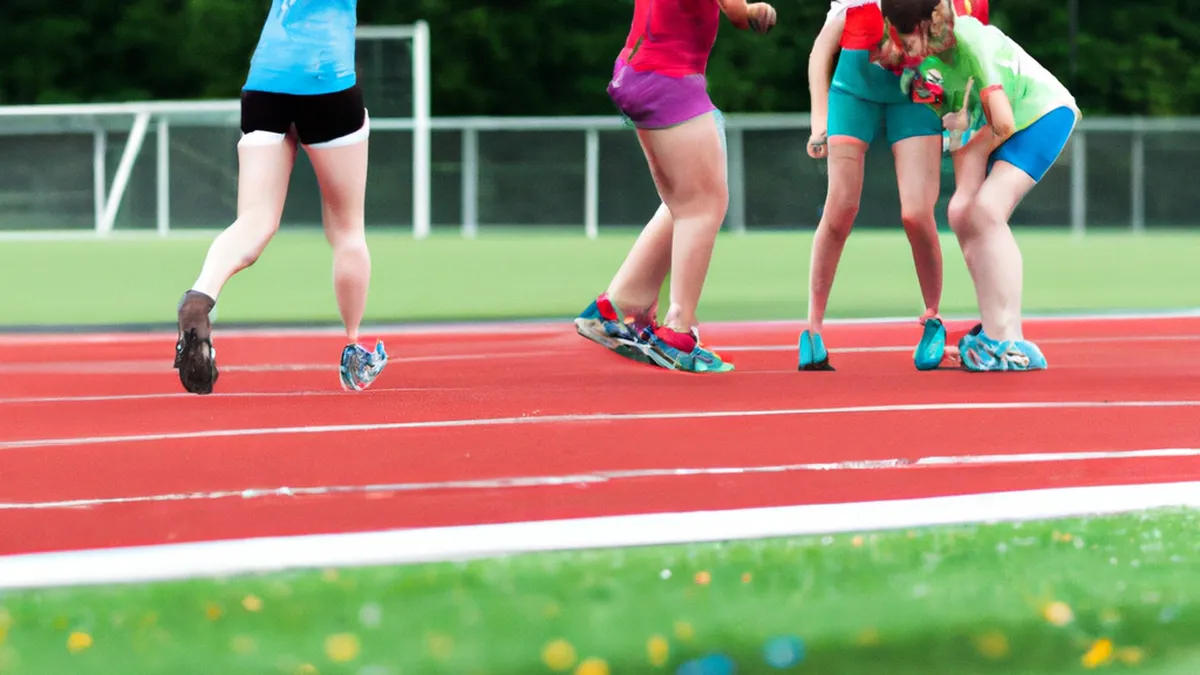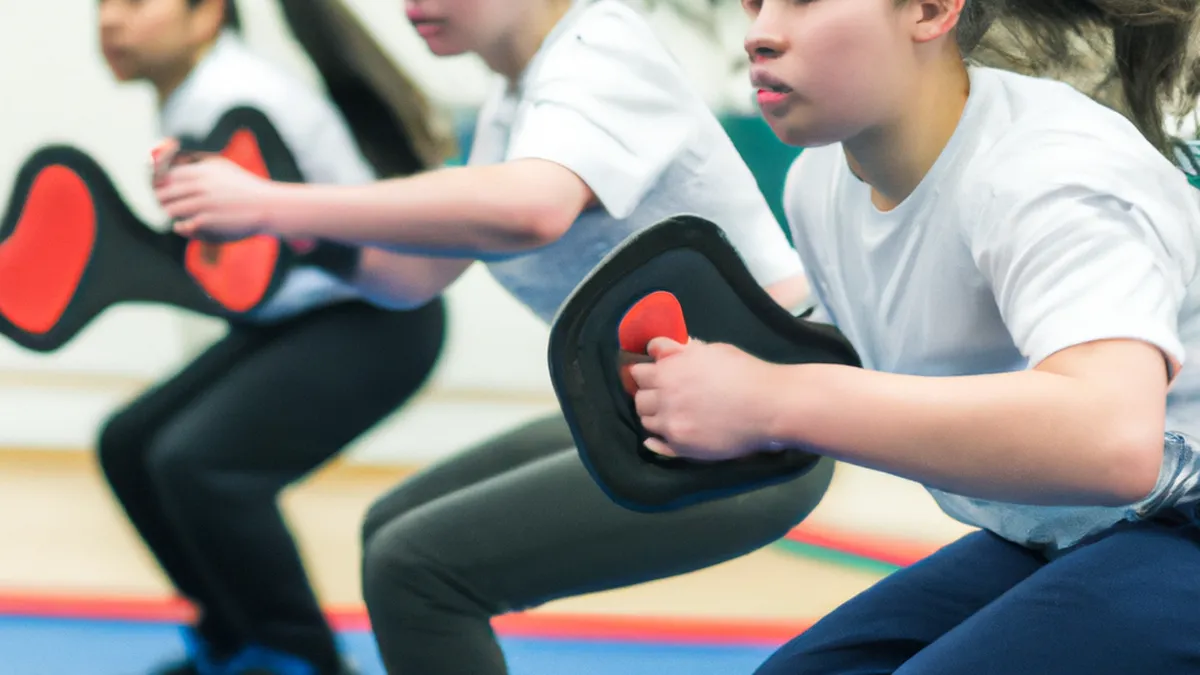Endurance Athlete’s Guide to Balanced Plates
Meal Planning for Endurance AthletesEndurance athletes push their bodies to the limit. They need a well-structured meal plan for optimal performance and recovery. Proper nutrition involves timing, balance, and understanding individual needs. This blog post explores effective meal planning strategies for endurance athletes.
Understand Your Nutritional Needs
Endurance athletes require specific nutrition due to their prolonged activities. The main macronutrients—carbohydrates, proteins, and fats—play vital roles in energy, muscle repair, and health.
Carbohydrates: The Primary Fuel Source
Carbohydrates provide the primary energy source for endurance athletes, especially during high-intensity activities. They store as glycogen in muscles and liver, offering quick energy during events. Consume 60-70% of daily calories from carbohydrates. **Examples of Carbohydrate Sources**:- Whole grains: brown rice, quinoa, oats- Fruits: bananas, berries, oranges- Vegetables: sweet potatoes, broccoli, spinach- Legumes: lentils, chickpeas, black beans
Proteins: Repair and Recovery
Proteins support muscle repair and growth. They aid recovery after training and maintain muscle mass. Aim for 15-20% of daily calories from proteins.**Examples of Protein Sources**:- Lean meats: chicken, turkey, fish- Dairy: Greek yogurt, cottage cheese- Plant-based: tofu, tempeh, legumes- Protein powders: whey, casein, plant-based
Fats: Sustained Energy
Healthy fats also play a significant role in an athlete’s diet. Fats provide sustained energy and support hormonal balance. Aim for 20-30% of daily caloric intake from fats.**Examples of Healthy Fat Sources**:- Avocados- Nuts and seeds: almonds, walnuts, chia seeds- Olive oil and coconut oil- Fatty fish: salmon, mackerel
Meal Planning Strategies
As an Amazon Associate I earn from qualifying purchases.
Gear tip: consider compression socks, percussive massager, and ems device to support this topic.
To create an effective meal plan, incorporate these macronutrients wisely. Here are strategies for meal planning:
1. **Plan Ahead**
Set aside time each week to plan meals. Decide what to eat and create a grocery list for necessary ingredients. Planning prevents last-minute unhealthy choices and ensures nutritious options.
2. **Batch Cooking**
Batch cooking saves time for busy athletes. Prepare large portions and divide them for the week. This approach simplifies meal prep during intense training weeks.
Conclusion
Effective meal planning supports endurance athletes in achieving their performance goals. Focus on balanced nutrition and preparation for optimal results.
Below are related products based on this post:
FAQ
What are the main macronutrients needed for endurance athletes?
Endurance athletes primarily need carbohydrates, proteins, and fats for optimal performance and recovery. Carbohydrates serve as the primary energy source, while proteins support muscle repair and growth. Healthy fats provide sustained energy and help maintain hormonal balance.
How should carbohydrates be incorporated into an endurance athlete’s diet?
Carbohydrates should make up 60-70% of an endurance athlete’s daily caloric intake. They can be sourced from whole grains, fruits, vegetables, and legumes, which provide essential energy, especially during high-intensity activities.
What meal planning strategies can endurance athletes use?
Endurance athletes can benefit from planning ahead and batch cooking. Setting aside time each week to plan meals helps prevent unhealthy choices, while batch cooking allows for efficient meal prep, saving time during intense training periods.















Post Comment